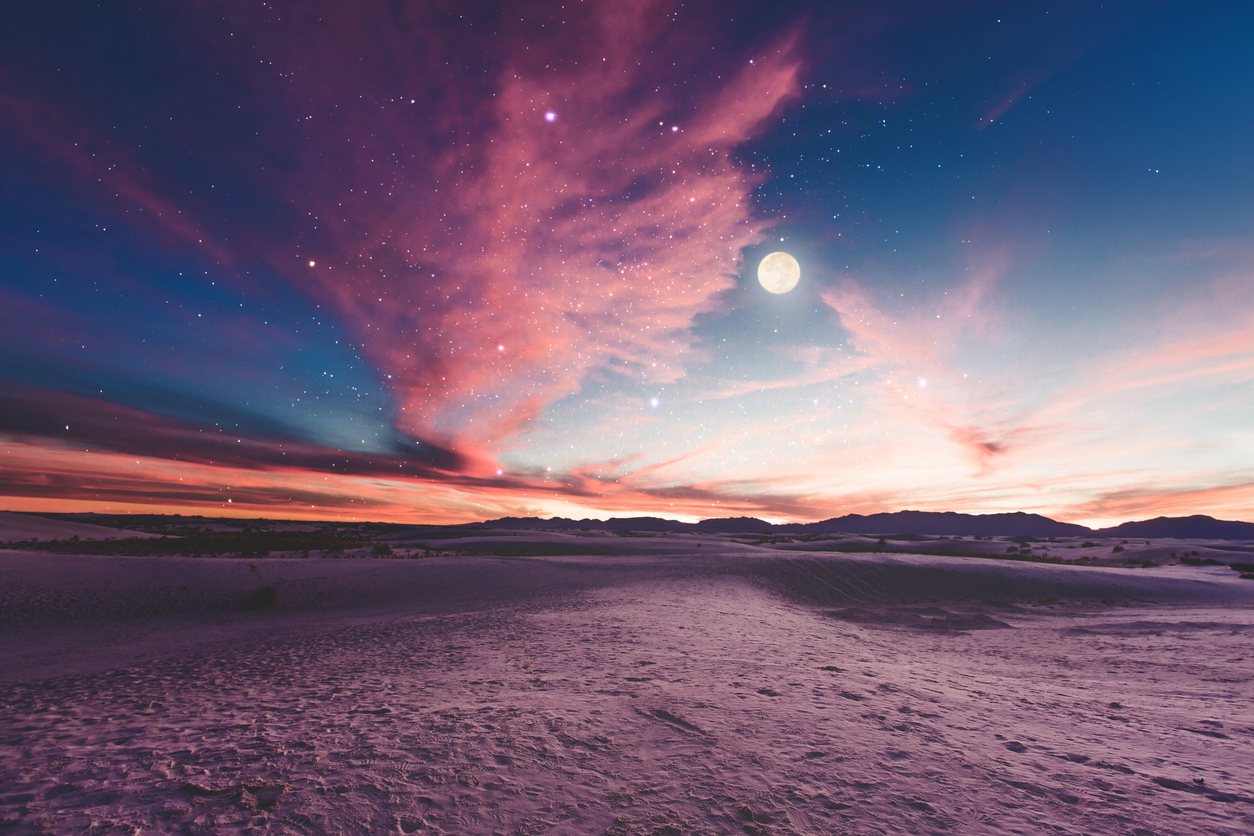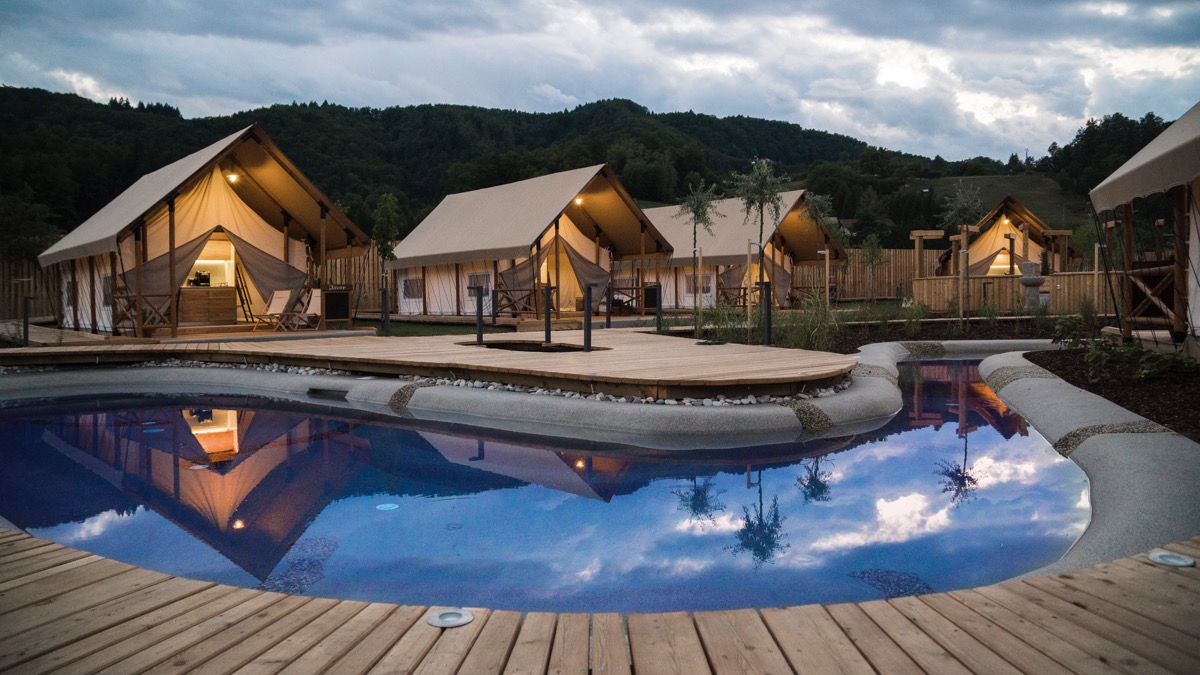When blogging tools became available on the Internet in the 1990s, everybody “became” a writer. When smart phones with cameras became ubiquitous during the first decade of this century, everybody “became” a photographer. As we know from the subsequent explosion of bad blogs and blurred images, just because technology exists doesn’t mean everyone has the skill set to employ it effectively.
Next in our tale, we zoom to 2020, the year of Zoom and GoToMeetings and other online conference platforms. Today, everybody is “becoming” a presenter. But despite how easy Anderson Cooper may make it seem, being an anchor and an interviewer is no easy feat. The ability to conduct a discussion among a group of panelists and to ask key follow-up questions, all the while keeping the program engaging, is a skill that needs to be honed.
Having worked in the television industry for many years, first as a producer for CNN, next as a contributor to various TV news and chat shows, and now as a media trainer as well, I have discovered many of the keys to on-air success. The majority of these translate directly to the digital world, with a few technical tweaks.
Now, I am not here to talk to you about lighting and camera placement and the best webcasting equipment. There are plenty of YouTube tutorials on those topics. Instead, this post provides direction on how to become a better digital moderator.
A digital moderator must serve as host, interviewer and producer. Bet you didn’t consider the “producer” hat. But the fact is, any good show starts with a producer, someone who develops the outline and the flow, and then selects the elements that will create an entertaining and informative program. Even if someone else is doing some of this work behind the scenes, as the moderator, you should at the very least take on the pre-production role of pre-interviewing all panelists. Without taking this step, your session could easily lose focus and flow, or become repetitive..or all of the above.
Preferably, the pre-interview should be done via video. Speaking with each panelist in advance serves several purposes.
You can learn about the type of information each panelist can uniquely provide, which will enable you to develop relevant questions and steer the conversation.
You can ensure that each panelist focuses on a different subject or angle, thereby avoiding redundancy.
You can get clued into each panelist’s presentational quirks. More on that in a minute.
Establishing a pre-meeting connection will give even the edgiest panelist a higher comfort level.
Now, about those quirks. The pre-interview is the time when you learn whether speakers are bores, or if they fancy themselves as witty intellectuals. Knowing these tendencies in advance will help you create a game plan to avoid ennui, ill-advised humor or tedious lectures.
It’s all in the questioning. For the long-winded panelist, it’s best to ask questions that encourage succinct answers. For example, “Diane, can you briefly sum up, in about two minutes, how technology can enable better eco-tourism practices?” Similarly, if the panelist tends to spit out technical jargon, the moderator might ask, “Joe, for those of us who are not industry experts, could you explain in simple terms how that works?” In either case, if the panelist reverts to bad habits, feel free to gently interrupt to ask for clarification or brevity.
A good moderator also makes sure that each panelist gets his or her proper face time. Balance your speakers. Don’t allow one to dominate. As the anchor, you need to be aware of who is hogging the spotlight, who’s reluctant to speak and who’s somewhere in the middle. You might have to gently cut off the palaverous ponderings of Spotlight Suzy, while drawing out the deep thoughts of Shy Simon. Another way to balance is by doing rapid-fire response rounds among all the panelists, or asking for feedback about what another person said.
As an anchor and as a moderator, you have to be able to multi-task. You have to stay aware of the time, and ensure time is available for audience questions and answers. If questions are submitted on a side panel, you, as the moderator, need to keep an eye on what’s coming in the whole time, while continuing to pay attention to what your speakers are saying.
Listening, in fact, is the most critical skill any moderator can have. Certainly, it’s important to have a prepared outline of questions. But a good moderator will toss those out on the fly should the conversation warrant. Instead of sticking to your list of questions, LISTEN to what speakers are saying and follow up on important points they are making, even if it steers the discussion a bit off-course. That said, don’t let too many digressions take you completely off topic. As the conductor of the session, you do need to make sure the conversation ultimately stays on track.
In the next post, more on improving your presentation skills.

















